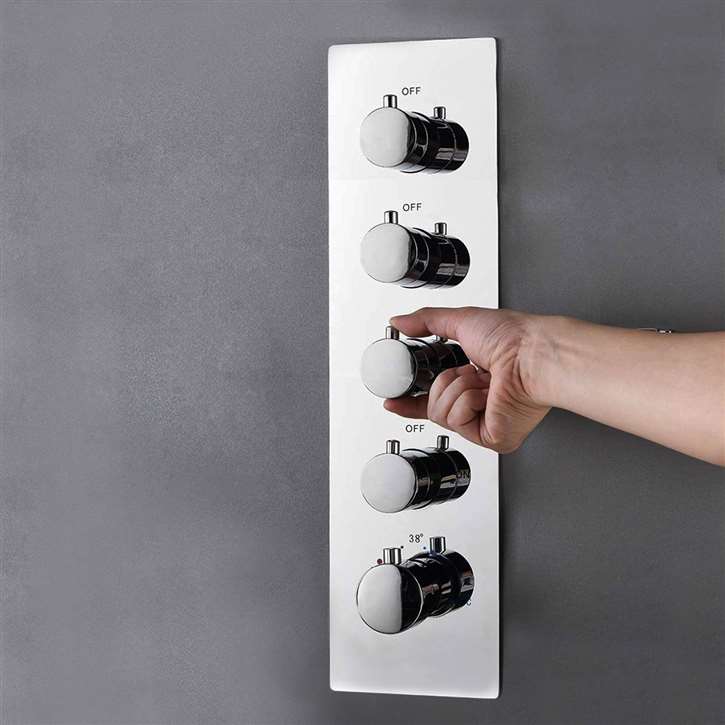The regulations surrounding the installation of thermostatic shower mixers can indeed vary significantly from one jurisdiction to another. These variations are largely due to differences in safety standards, local plumbing codes, and specific regional concerns about water temperature safety. Here’s a closer look at how thermostatic shower mixer requirements can differ across various states and why these differences might occur:
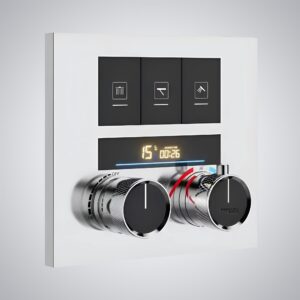
United States
In the U.S., the requirements for thermostatic mixing valves (TMVs) are often guided by the International Plumbing Code (IPC) or the Uniform Plumbing Code (UPC), which many states adopt or adapt:
- California: For example, California’s Building Standards Code (Title 24) requires thermostatic mixing valves in all new construction and major renovations to prevent scalding. This is particularly emphasized in settings like schools and healthcare facilities.
- New York: New York City’s building code specifies that new and renovated bathrooms must use anti-scald shower devices such as thermostatic mixing valves to enhance safety against sudden temperature changes.
- Texas: While Texas follows the International Residential Code, which recommends but does not always require TMVs, local amendments in cities like Houston mandate their installation in new residential buildings.
United Kingdom
- Building Regulations Part G: In the UK, the Building Regulations specify that all new baths (since 2010) must be fitted with a protective device (such as a thermostatic mixing valve) to limit the bath water temperature to a maximum of 48 degrees Celsius to prevent scalding.
Australia
- National Construction Code: Australia requires that all new buildings with a hot water delivery system must have a means to limit the temperature of the water to 50 degrees Celsius in bathrooms, using either a thermostatic mixing valve or a tempering valve.
Canada
- National Plumbing Code of Canada: Thermostatic mixing valves are not mandated in all residential settings but are required in facilities where the elderly, children, or people with disabilities reside.
Rationale Behind Variations
The variations in code requirements often reflect local factors such as:
- Climate: Regions with colder climates might emphasize the prevention of thermal shock.
- Demographics: Areas with a higher proportion of vulnerable populations (elderly, disabled, children) might have stricter requirements.
- Incidence of Accidents: Regions with a higher reported incidence of scalding accidents might implement stricter regulations.
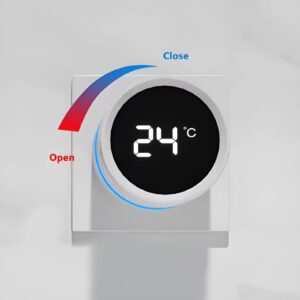
While not universally mandated, thermostatic shower mixers are increasingly seen as essential for safety in both residential and commercial settings. Checking with local building authorities is advisable to understand the specific codes applicable in a particular area. This ensures compliance with local regulations and enhances safety in bathroom environments.
To ensure compliance with local building codes when installing thermostatic shower mixers or any plumbing fixtures, it’s important to consult the right resources and authorities. Here’s a guide to some valuable sources where you can find code reports, regulatory updates, and general guidance related to plumbing installations:
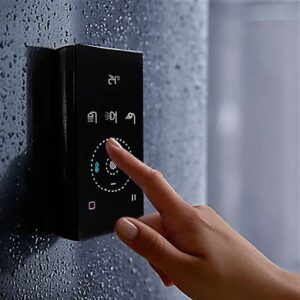
United States
- International Code Council (ICC)
- Website: iccwbo.org
- Resource: Provides access to the International Plumbing Code (IPC) which many U.S. states adopt or adapt for local regulations.
- National Conference of States on Building Codes and Standards (NCSBCS)
- Website: Often offers state-specific code adaptations and interpretations.
- Local Government Websites
- Example: nyc.gov/buildings for New York City-specific building codes.
- Resource: Most local government or municipal websites provide building codes applicable to their jurisdictions.
United Kingdom
- UK Government Legislation
- Website: legislation.gov.uk
- Resource: Offers access to all parts of the Building Regulations, including Part G which deals with sanitation, hot water safety, and water efficiency.
- The Chartered Institute of Plumbing and Heating Engineering (CIPHE)
- Website: ciphe.org.uk
- Resource: Provides professional and technical support for plumbers in the UK, including code compliance.
Australia
- Australian Building Codes Board (ABCB)
- Website: abcb.gov.au
- Resource: Hosts the National Construction Code, which includes the Plumbing Code of Australia.
Canada
- National Research Council Canada (NRC)
- Website: nrc-cnrc.gc.ca
- Resource: Provides access to the National Building Code, National Plumbing Code, and other essential regulatory documents.
General Resources
- American Society of Plumbing Engineers (ASPE)
- Website: aspe.org
- Resource: Offers publications, professional development, and detailed articles on plumbing engineering, including compliance with various codes.
- Plumbing-Heating-Cooling Contractors Association (PHCC)
- Website: phccweb.org
- Resource: Provides education and advocacy for plumbing and HVAC professionals, including updates on code changes.
-
World Plumbing Council (WPC)
- Website: worldplumbing.org
- Resource: An international organization that aims to develop and promote the image and standards of the plumbing industry worldwide through education and professional development.
-
Building Codes Assistance Project (BCAP)
- Website: bcapcodes.org
- Resource: Provides assistance on building energy codes and standards across the United States, including those impacting plumbing and HVAC systems to promote energy efficiency.
-
International Association of Plumbing and Mechanical Officials (IAPMO)
- Website: iapmo.org
- Resource: Specializes in the development of the Uniform Plumbing Code (UPC) and Uniform Mechanical Code (UMC), providing training, certification, and advocacy to ensure public health through safe and efficient plumbing and mechanical systems.
-
Plumbing Manufacturers International (PMI)
- Website: safeplumbing.org
- Resource: Represents plumbing manufacturers on various issues including codes and standards development, offering insights into plumbing products and technologies that ensure public health, safety, and water efficiency.
-
The Mechanical Contractors Association of America (MCAA)
- Website: mcaa.org
- Resource: Supports the needs of firms engaged in HVACR, plumbing, piping, and mechanical service through educational materials, advocacy, and research to enhance the industry’s performance and ensure workplace safety.
The Plumbing and Electrical Doctor
- Website: plumbingandelectrical.net.au
- Resource: Although based in Australia, this site offers helpful blogs, articles, and DIY tips for plumbing and electrical systems. It’s particularly useful for homeowners looking to understand more about their plumbing systems and potential issues.
The United Association (UA)
- Website: ua.org
- Resource: Represents union plumbers, pipefitters, welders, and service technicians. The UA offers training and apprenticeship programs, advocating for fair labor practices and providing members with up-to-date training on the latest plumbing and pipe fitting techniques.
Plumbing-Heating-Cooling Contractors—National Association Educational Foundation (PHCC Educational Foundation)
- Website: phccfoundation.org
- Resource: Provides educational programs, scholarships, and research grants to advance the plumbing and HVACR industry. This foundation focuses on developing industry training programs and promoting careers in the plumbing and heating/cooling industries.
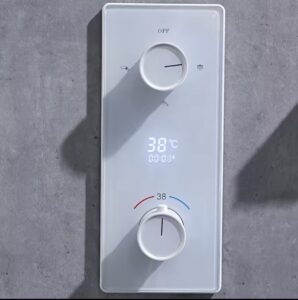
These organizations provide a wealth of information that can aid in staying updated with industry trends, understanding technical standards, complying with international, national, and local codes, and ensuring best practices in plumbing and related fields.
By consulting these resources, you can get the most up-to-date information on plumbing codes and regulations for your specific project. Whether you’re a professional in the field or a DIY enthusiast, these resources will help you ensure your plumbing installations are safe, legal, and efficient.
